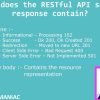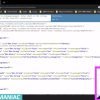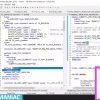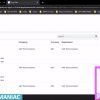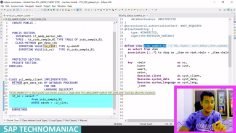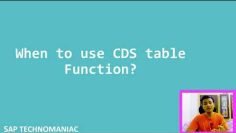This video provides a detailed explanation of how to establish relationships between different entity types in OData, specifically focusing on the association and navigation aspects. Here’s a summary:
- Introduction to Association in OData: The video begins by explaining the concept of association in OData. This is the relationship between two entity types. An example given is a sales order entity type and an order detail entity type, where an association can be established between them based on the sales order number.
- Understanding Multiplicity: Next, the video delves into the concept of multiplicity. Multiplicity defines how many records can exist in one entity type based on a record in another entity type. This concept is likened to the cardinality concept in SAP.
- Navigation Property in OData: The presenter introduces the concept of navigation property. This feature allows you to traverse from one entity type to another based on an established association. This is particularly useful when accessing OData services.
- Creating a Project and Importing Data from DDIC Structure: The video demonstrates how to create a project in SAP, import data from a DDIC structure, and create entity types with reference to a structure. The importance of creating entity types with reference to a structure is emphasized as it facilitates automatic conversion of values.
- Generating Runtime Artifacts and Registering a Service: The presenter explains how to generate runtime artifacts, register a service, and test the service using a Gateway client.
- Creating an Entity Set: The video concludes by showing how to create an entity set for both the header and line item. It also demonstrates how to regenerate runtime artifacts to see the entity set in the metadata.
The video is a tutorial aimed at helping viewers understand how to use association and navigation in OData, particularly in the context of SAP. It provides practical examples and step-by-step instructions to guide viewers through the process.





